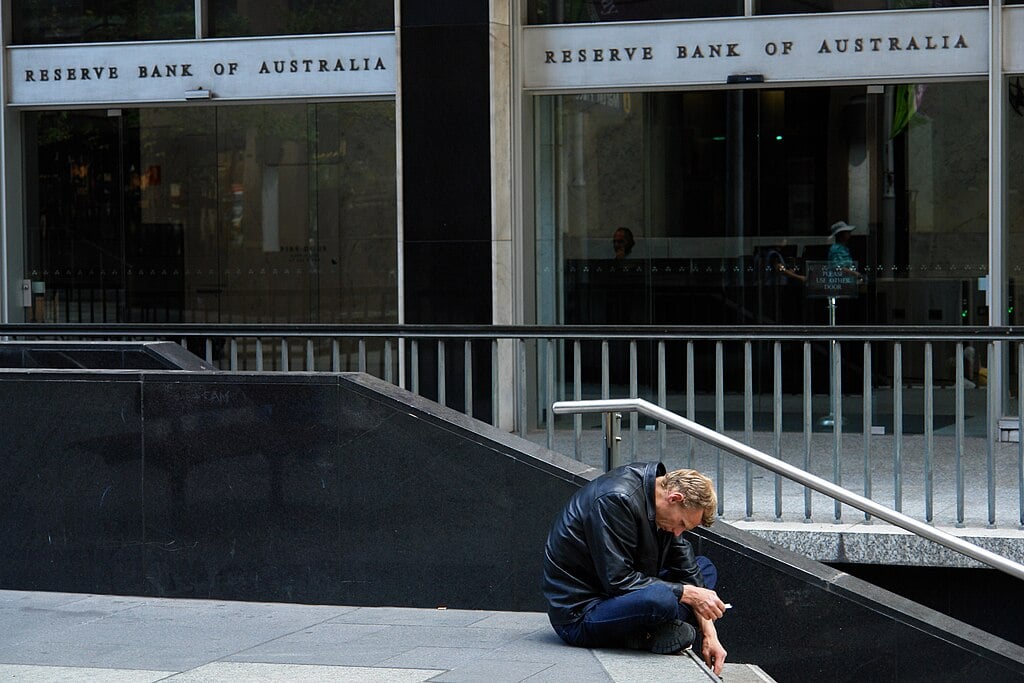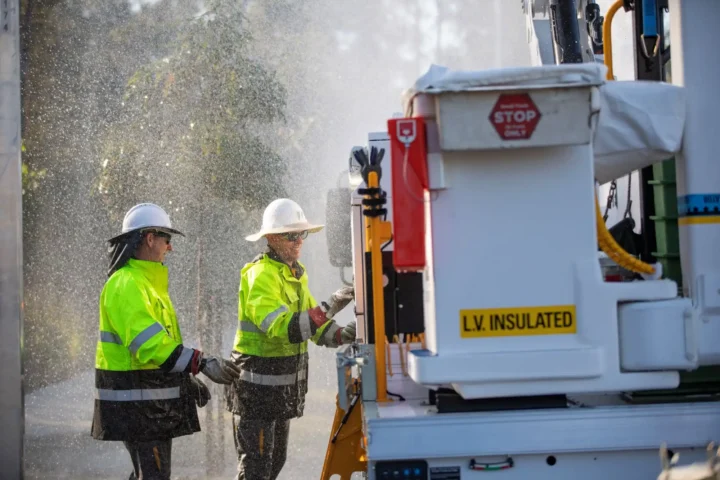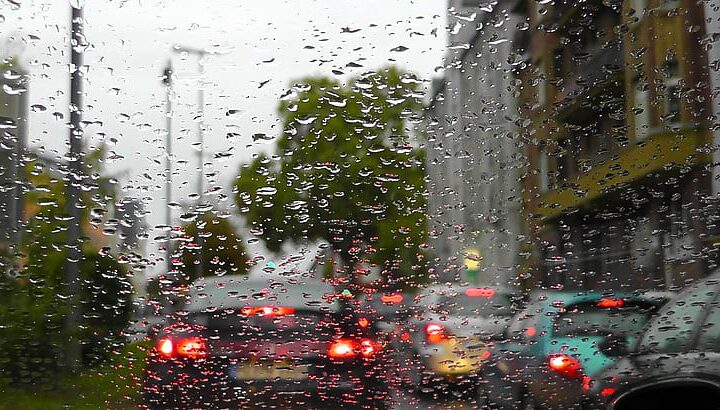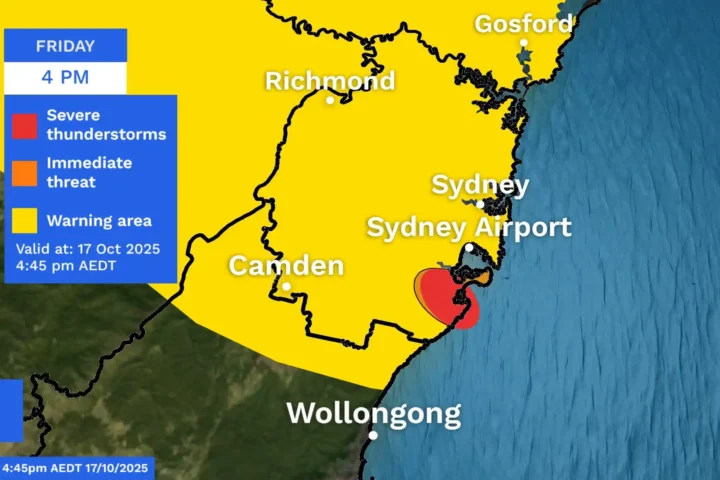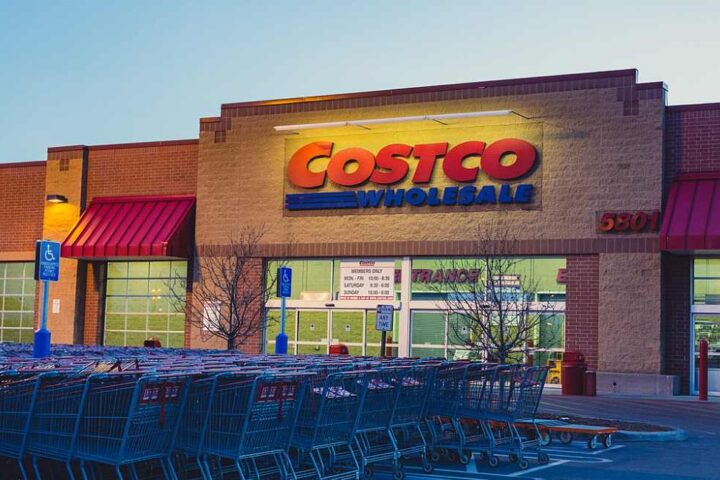Australian inflation has eased to 2.1% in June, its lowest point since March 2021, but economists warn the Reserve Bank of Australia will likely resist “rapid-fire” rate cuts despite inflation returning to its target band.
The RBA has cut rates twice so far in 2025 – lowering the cash rate to 3.85% in May from its peak of 4.35% – but continues to signal caution even as price pressures moderate.
“We need confidence inflation is sustainably on target before we ease further,” RBA Governor Michele Bullock stated in July, reflecting the central bank’s careful approach despite inflation now sitting within its 2-3% target range.
While headline inflation has dropped significantly, Australian households continue feeling financial pressure from years of accumulated price increases. Many everyday items have seen dramatic price jumps over the past three years – eggs up 41%, insurance up 35%, and rents rising nearly 20%.
“While inflation is now back within the RBA’s target band, Australians are not going to see prices fall back to where they were before the pandemic,” explained Deloitte Access Economics partner Stephen Smith. “While some prices do fluctuate over time – such as petrol and certain groceries – prices more generally tend to rise.”
Household spending grew just 0.5% in June and 4.8% year-on-year, highlighting the uneven impact of easing inflation on consumption. Many families continue drawing on savings buffers rather than seeing real income growth, with the household saving ratio jumping from 3.9% in March to 5.2% in June.
Similar Posts
The combination of slowing inflation and weak economic indicators has market analysts predicting one 25-basis-point cut in August, with Commonwealth Bank economists saying the latest inflation reading “rubber stamps” a rate cut next month.
However, analysts warn against expecting aggressive monetary easing. “Rapid-fire cuts are off the table,” as the RBA adopts a cautious stance amid lingering housing and energy cost pressures.
Recent forecasts from Westpac suggest the cash rate will bottom out at 2.85% by mid-2026, representing a measured easing cycle rather than quick consecutive cuts.
The RBA’s measured approach reflects ongoing concerns about sticky core inflation and financial stability, even as households eagerly await mortgage relief. For the average Australian mortgage holder currently paying an additional $1,900 in monthly interest compared to early 2023, rate cuts can’t come soon enough.
Smith predicts it will take “at least another five years” before Australians recover their pre-pandemic purchasing power, underscoring the long-term impact of recent inflation despite the headline rate now falling within target range.
The RBA will announce its next rate decision on August 12, with markets pricing a 75% chance of a 25-basis-point cut.
